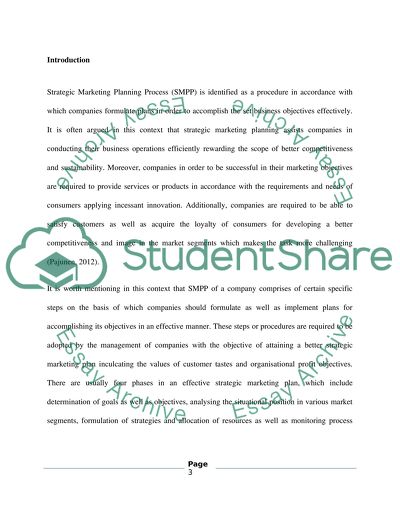Cite this document
(“Critically Analyse the Role of Customer Satisfaction and Loyalty in Essay”, n.d.)
Critically Analyse the Role of Customer Satisfaction and Loyalty in Essay. Retrieved from https://studentshare.org/marketing/1474532-critically-analyse-the-role-of-customer-satisfaction-and-loyalty-in-the-strategic
Critically Analyse the Role of Customer Satisfaction and Loyalty in Essay. Retrieved from https://studentshare.org/marketing/1474532-critically-analyse-the-role-of-customer-satisfaction-and-loyalty-in-the-strategic
(Critically Analyse the Role of Customer Satisfaction and Loyalty in Essay)
Critically Analyse the Role of Customer Satisfaction and Loyalty in Essay. https://studentshare.org/marketing/1474532-critically-analyse-the-role-of-customer-satisfaction-and-loyalty-in-the-strategic.
Critically Analyse the Role of Customer Satisfaction and Loyalty in Essay. https://studentshare.org/marketing/1474532-critically-analyse-the-role-of-customer-satisfaction-and-loyalty-in-the-strategic.
“Critically Analyse the Role of Customer Satisfaction and Loyalty in Essay”, n.d. https://studentshare.org/marketing/1474532-critically-analyse-the-role-of-customer-satisfaction-and-loyalty-in-the-strategic.


